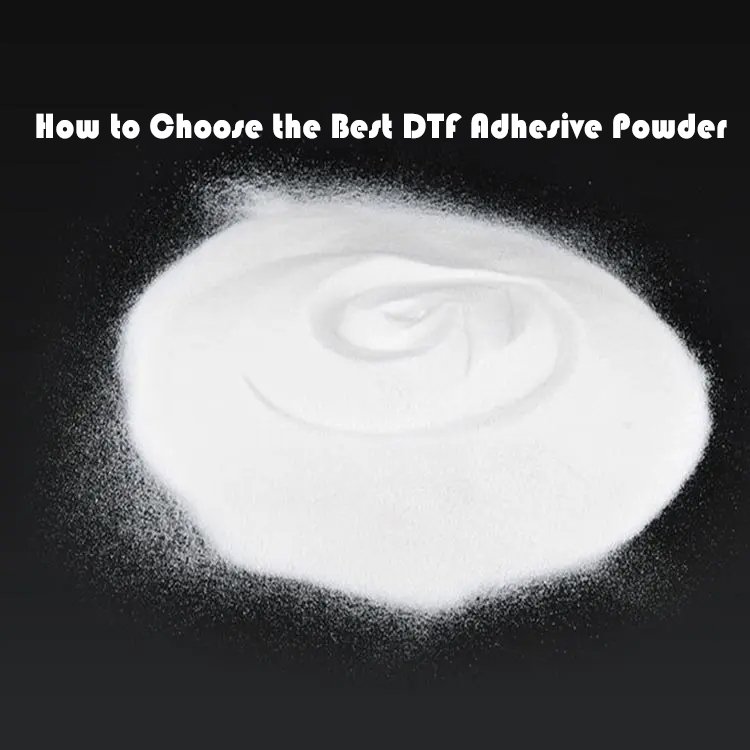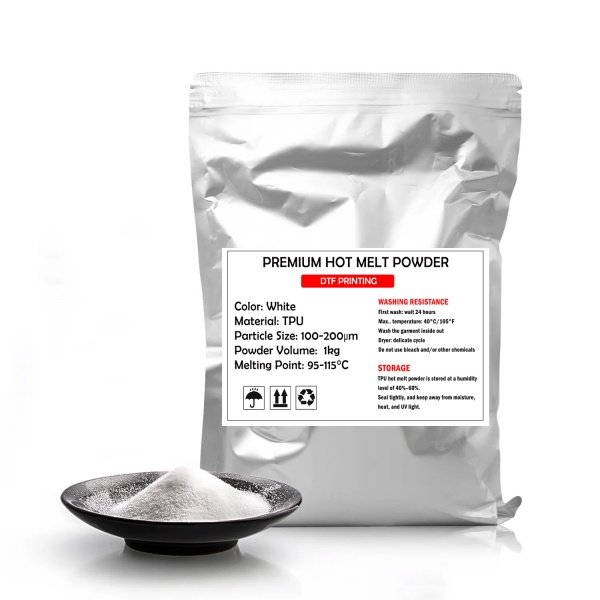Introduction
The heat transfer printing industry, a cornerstone of China’s manufacturing prowess, faces unprecedented challenges under former U.S. President Donald Trump’s 2025 tariff policies. With cumulative duties on Chinese goods reaching 54% (combining existing 20% tariffs and new 34% “reciprocal” levies), businesses specializing in printers, DTF inks, DTF films, and heat transfer vinyl must act decisively to safeguard competitiveness. This article explores the tariff’s impact, actionable solutions, and innovative product strategies tailored for Chinese exporters.
Understanding Trump’s 2025 Tariff Framework
1. The Mechanics of Reciprocal Tariffs
Trump’s policy imposes tariffs based on the “reciprocal principle”: if a country’s average tariff on U.S. goods is X%, the U.S. retaliates with X% duties. For China, this translates to a 34% tariff on exports like DTF printers, DTF inks, and DTF films, compounded by existing Section 301 tariffs.
Table 1: Tariff Rates on Key Export Categories
| Product Category | Pre-2025 Tariff | 2025 Reciprocal Tariff | Total Duty |
| Heat Transfer Printers | 20% | 34% | 54% |
| Inks & Cartridges | 20% | 34% | 54% |
| White-Ink Films | 20% | 34% | 54% |
| Heat Transfer vinyl | 20% | 34% | 54% |
Source: U.S. Trade Representative Office, 2025
These tariffs inflate costs for U.S. buyers, eroding China’s price advantage in critical sectors like machinery (45% of exports) and textiles.
2. Indirect Impacts on the Industry
- Supply Chain Fragmentation: Tariffs accelerate relocations of production to Southeast Asia.
- Profit Margin Compression: Small and medium enterprises (SMEs) with sub-5% margins risk insolvency.
- Currency and Compliance Risks: Fluctuating exchange rates and stringent U.S. certifications (e.g., FCC, Energy Star) add complexity.
Legally Compliant Strategies to Mitigate Tariff Costs
1. Diversify Supply Chains to Low-Tariff Regions
Action Steps:
- Shift Production to ASEAN: Partner with manufacturers in Thailand (36% tariff) or Malaysia (32%) to bypass Vietnam’s 46% duty.
- Leverage USMCA Compliance: Source materials from Mexico, where tariffs drop to 0% for goods meeting U.S. content thresholds.
Case Study: A Guangdong-based exporter reduced costs by 28% after relocating 40% of printer assembly to Malaysia.
2. Optimize Product Design for Tariff Resilience
- Modular Equipment: Design printers with interchangeable parts.
- Certification Compliance: Ensure products meet U.S. standards (e.g., FCC, Energy Star) to avoid penalties.
3. Utilize Transshipment and Third-Country Labeling
- Transshipment via Mexico: Export goods to Mexico for relabeling and onward shipment to the U.S., leveraging USMCA exemptions.
- ASEAN Hub Strategy: Use Vietnam or Thailand as hubs for final assembly, blending Chinese and local components to meet origin rules.
4. Expand Domestic and Emerging Markets
- Boost Domestic Sales: Tap China’s “Consumption Revitalization 2025” plan, targeting sectors like smart home tech and silver economy.
- Target RCEP Markets: The Regional Comprehensive Economic Partnership (RCEP) eliminates tariffs on 54 product categories, including electronics.
5. Leverage Government Incentives
- Tax Rebates and Subsidies: Utilize China’s increased VAT rebates for green tech and tariff mitigation funds.
- Digital Trade Platforms: Join cross-border e-commerce zones (expanded to 165 regions) to bypass traditional export channels.
Case Study: Overcoming 54% Tariffs on Heat Transfer Vinyl
Background: We faced a 54% tariff on U.S.-bound shipments, slashing margins from 18% to 4%.
Solution:
- Transshipped via Mexico: Relabeled products as “Made in Mexico,” reducing duties to 0%.
- Hybrid Material Blending: Combined Chinese base materials with 30% Mexican additives to meet USMCA’s 20% content rule.
- Launched Premium Line: Attracted eco-conscious U.S. buyers.
Result: Margins recovered to 12%, with a 40% increase in premium product sales.
Future-Proofing Your Business
- Invest in Circular Economy: Our recycles used materials, reducing reliance on tariff-hit imports.
- AI-Driven Customization: Tools like DesignAI Studio enable on-demand printing, minimizing inventory costs.
- Global Compliance Networks: Partner with U.S.-based warehouses for just-in-time delivery, avoiding storage fees and tariff exposure.
Trump’s tariffs are a formidable challenge but also a catalyst for innovation. By diversifying supply chains, optimizing products, and tapping emerging markets, Chinese heat transfer businesses can thrive.
Internal Links:
- Heat Transfer Vinyl Buying Guide
- DTF Ink Buying Guide
- DTF Film Buying Guide
- USMCA Compliance Checklist
External Links:


